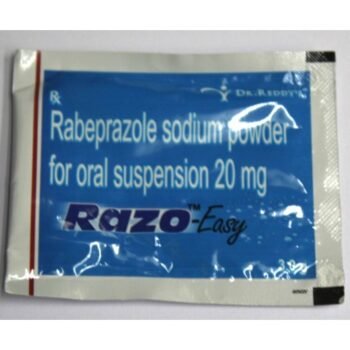INTRODUCTION
Your doctor will tell you how often you need to use your inhaler. The effect of this medicine may be noticeable after a few days but will only reach its maximum after a few weeks. This medicine must be used regularly to be effective, so go on taking it even if you don’t have any symptoms. That means it’s doing its job. If you stop taking it your symptoms may get worse. This medicine should not be used to relieve sudden shortness of breath. If sudden shortness of breath occurs, use your rescue inhaler. To get the benefit from this medicine you need to make sure you get your inhaler technique right, otherwise, it does not work as well.
The most common side effects are nausea, vomiting, respiratory tract infection, hoarseness of voice, fungal infections in the mouth, cough, headache, sore throat, musculoskeletal (bone, muscle or joint) pain, and increased heart rate. If you get there, don’t stop taking it but do talk to your doctor. You can prevent some of these symptoms by rinsing your mouth and throat with water or brushing your teeth after using your inhaler. There are other, rarer side effects which can be serious. Talk to your doctor if you’re worried about them.
Before taking it, you should tell your doctor if you have any kidney or liver diseases so that your doctor can prescribe a suitable dose for you. You should also tell your doctor if you are pregnant, planning pregnancy or breastfeeding.











Reviews
There are no reviews yet.